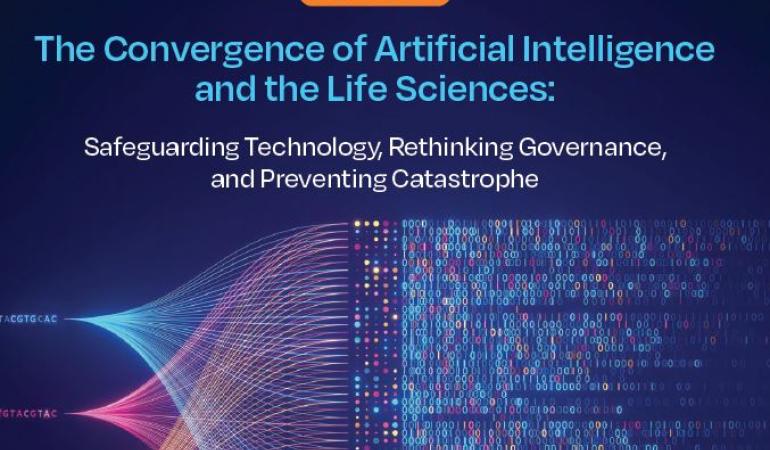
Artificial intelligence in combination with biotechnology offers unprecedented possibilities and rapid progress, but what are the dangers of AI? Is it still relevant today to strictly adhere to only pathogen lists for managing biosafety? Read here a brief overview of recently published publications that address these questions.
Beyond Biosecurity by Taxonomic Lists: Lessons, Challenges, and Opportunities
This publication argues that taxonomic lists, such as pathogen lists, are commonly used tools within biorisk regimes. However, they appear to be both too specific and too vague for various applications. The authors point out the shortcomings of these lists, which rely on the assumption that taxonomy can be directly linked to biological function. The rise of biotechnology has both challenged taxonomy-based control systems and provided new alternatives, such as sequence lists and function prediction tools. The article highlights the possible shift towards sequence-based functional prediction. While advocating for the preservation of taxonomic lists to control access to whole organisms, there is also a recognition of their limitations and the need for additional tools, especially given advances in modern biotechnology.
Millett P, Alexanian T, Brink KR, Carter SR, Diggans J, Palmer MJ, Ritterson R, Sandbrink JB, Wheeler NE. Beyond Biosecurity by Taxonomic Lists: Lessons, Challenges, and Opportunities. Health Secur. 2023 Oct 19. doi: 10.1089/hs.2022.0109. https://doi.org/10.1089/hs.2022.0109
The Convergence of Artificial Intelligence and the Life Sciences
At the end of May 2023, an expert meeting was organized by the Helena institute to reflect on the opportunities and risks of the rise of AI in the life sciences, also called AI Bioconvergence. Discussions also included which policy measures should be taken to limit risks without hindering progress. Their publication mentions several recommendations, including properly monitoring the interface between the digital world and the physical, biological world. Consider, for example, screening methods for synthesizing DNA. On this point, the organization NTI has also recently released reports entitled “The Convergence of Artificial Intelligence and the Life Sciences” and “Benchtop DNA Synthesis Devices: Capabilities, Biosecurity Implications, and Governance”. The Wellcome Trust Foundation has also written a report on this with recommendations “Unlocking the potential of AI in Drug Discovery - Current status, barriers and future opportunities”.
All these reports call on governments to take action to properly regulate the rise of AI. The first steps were taken during the AI Safety Summit in November in the United Kingdom. The Dutch government, in collaboration with the European Commission, is also developing a strategy.